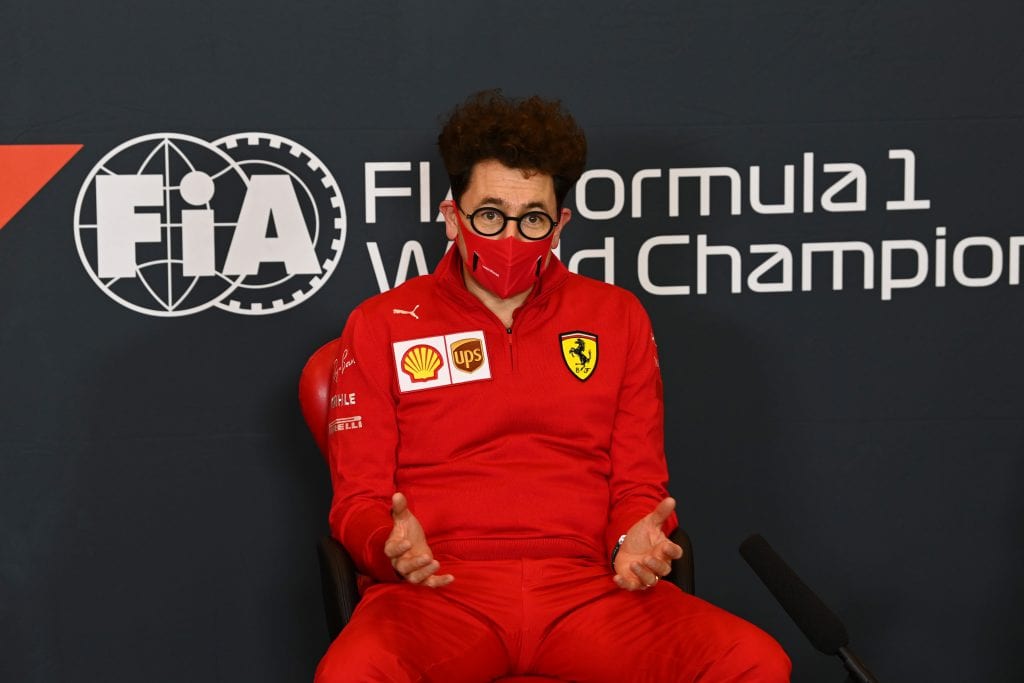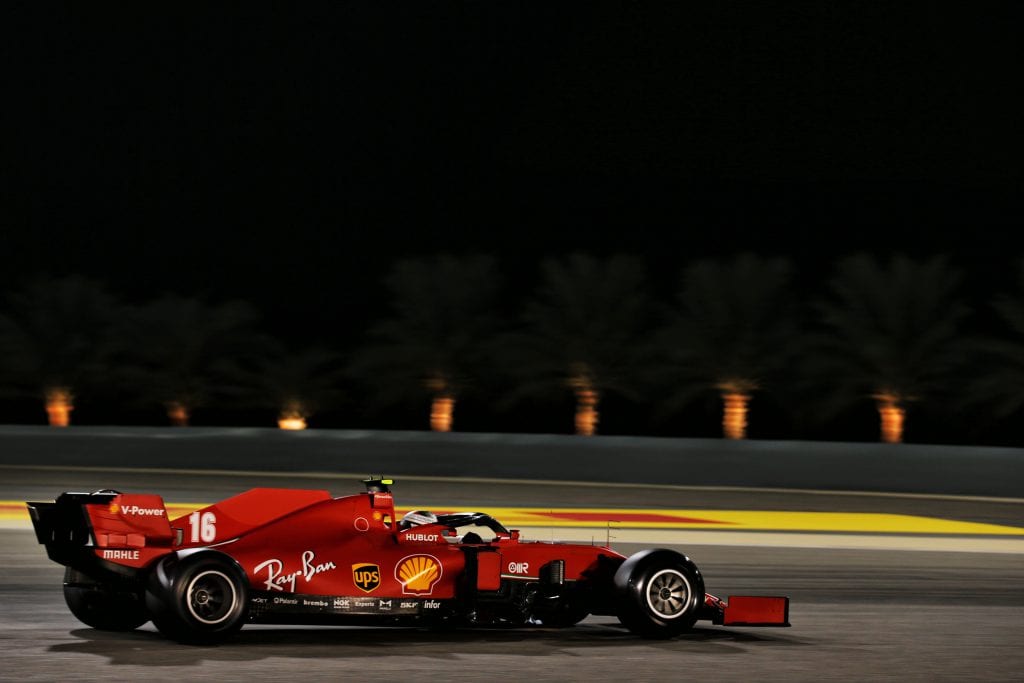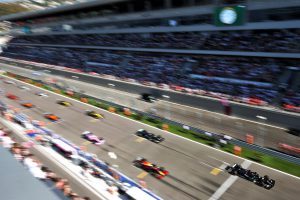Up Next

Ferrari will accept an early engine freeze and allow Red Bull to take over Honda’s abandoned engine project in 2022 if Formula 1 brings forward new engine rules.
Red Bull’s engine partner Honda will leave F1 after the 2021 season. It is willing to negotiate a deal for Red Bull to take over the running of its engines for 2022 and beyond, so Red Bull’s two teams do not have to return to being Renault customers.
However, Red Bull says it is not willing or able to take on the financial burden of developing the engine before the specifications are frozen for three years starting in 2023, and has stated that its plan depends on the freeze being brought forward to include 2022.
Mercedes publicly supported that plan but Ferrari and Renault were against it. They viewed 2022 as an important extra year in their respective engine development programmes, and pointed out that rules exist to guarantee the Red Bull teams an engine deal with an existing supplier so the freeze and the Honda solution was not essential to those teams continuing.
However, Ferrari now says the early freeze could happen after all. This will be accepted if the next-generation engine is introduced in 2025 rather than 2026 and is significantly cheaper, and F1 ensures that complications around the freeze are managed appropriately.
“We understand the situation and we are somehow supportive in trying to anticipate [bring forward] by one season the freezing of the engines,” said Ferrari team boss Mattia Binotto.
“That will mean as well trying to anticipate [bring forward] to 2025 the new regulations for the power unit.”

Asked by The Race about the complexity of such discussions, Binotto said it is “very ambitious” and “very tight”.
However, he said committing to the freeze itself will not be difficult, subject to establishing factors such as avoiding locking in major performance differences between the engines after 2021, and how to accommodate the necessary development of the engines with the switch to 10% biofuels in 2022.
Renault was known to be open to the early engine freeze if engine convergence was achieved between the manufacturers and the discussions are said to have included the prospect of allowing some manufacturers freedom to develop if the baseline performance level is still too low, or allowing a significantly underpowered engine an increased fuel-flow rate.
“It’s only a matter of deciding what we intend to do,” said Binotto.
“We have some discussion at the moment with the FIA and F1. Should we consider a mechanism of engine convergence, if there is any situation where eventually a manufacturer is really down on performance compared to the others?
“Because then it’s freezing for three years the relative performance between manufacturers. Those details will be important.
“We should not forget that in 2022, we are introducing the E10 fuel. It’s quite a significant change in the regulation and a significant change in the engine development.
“At the time that we’re introducing that fuel, we are freezing [development]. And I think in that respect, some risks are in place.
“Those risks will need to be managed to making sure that we’re doing the proper job as manufacturers.”
The more complicated element of Ferrari’s proposed compromise is F1 being able to commit to a new set of engine rules for 2025 rather than 2026.
Binotto says clarity on these rules will be required by the middle of next year to make a 2025 introduction achievable.
That puts pressure on F1 to commit to its next technical format, while also finding a way to reduce costs. This has been outlined by every manufacturer as a leading priority.
“I think it will be quite a different power unit today, because at least from the Ferrari point of view there are important objectives that need to be set,” Binotto said.

“For example, quite a different cost. It has to be more sustainable in terms of cost. The power unit itself should cost 50% of what we are offering today.
“In order to achieve that, in order to decide what the technical format will be, it is a very difficult exercise.
“From the sustainability point of view we need to set our objective, which has to be very ambitious.”
Each option for F1’s next engine has pros and cons regarding its cost ambitions and desire to be road relevant, satisfying the manufacturers’ appetite for hybrid and full-electric technology.
One avenue is for F1 to lean more heavily on hybrid development, potentially taking the contribution from electrical components to 50% or more of the power unit’s output, and reduce the role of the combustion engine.
Another is for F1 to adopt simpler hybrid technology that would slash costs and position the use of 100% biofuel as F1’s carbon-neutral calling card.
“To achieve a carbon neutral footprint for the fuel itself is a key element and key component of the format,” said Binotto.
“At the moment there is a completely open discussion. I don’t think that there is clear evidence of where we should go.
“We need to be proactive and very collaborative between manufacturers, F1 and the FIA in order to progress very soon on the regulations.
“That will define the future of F1 from 2025, eventually to 2030, which is important to make sure we’re doing the right exercise.”





